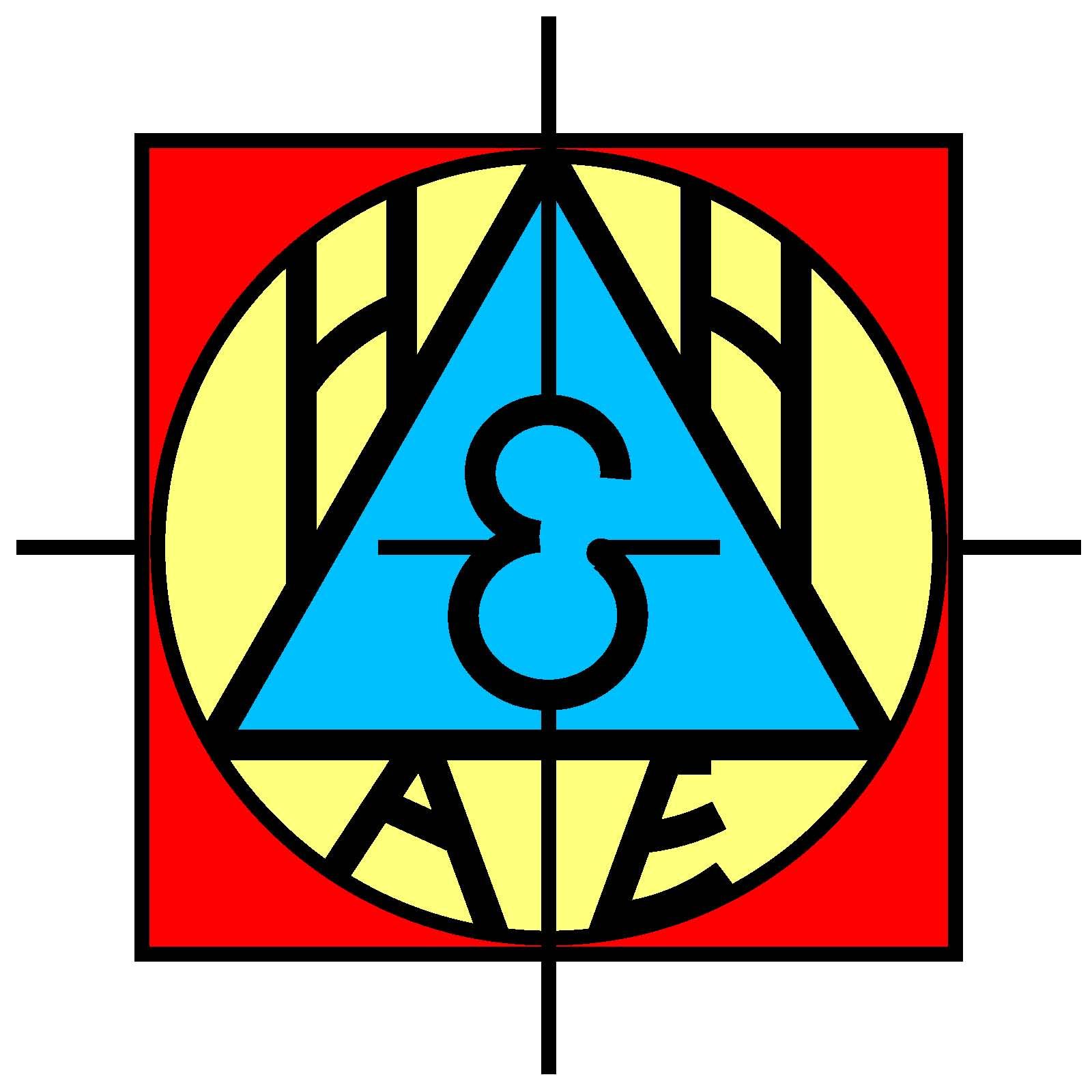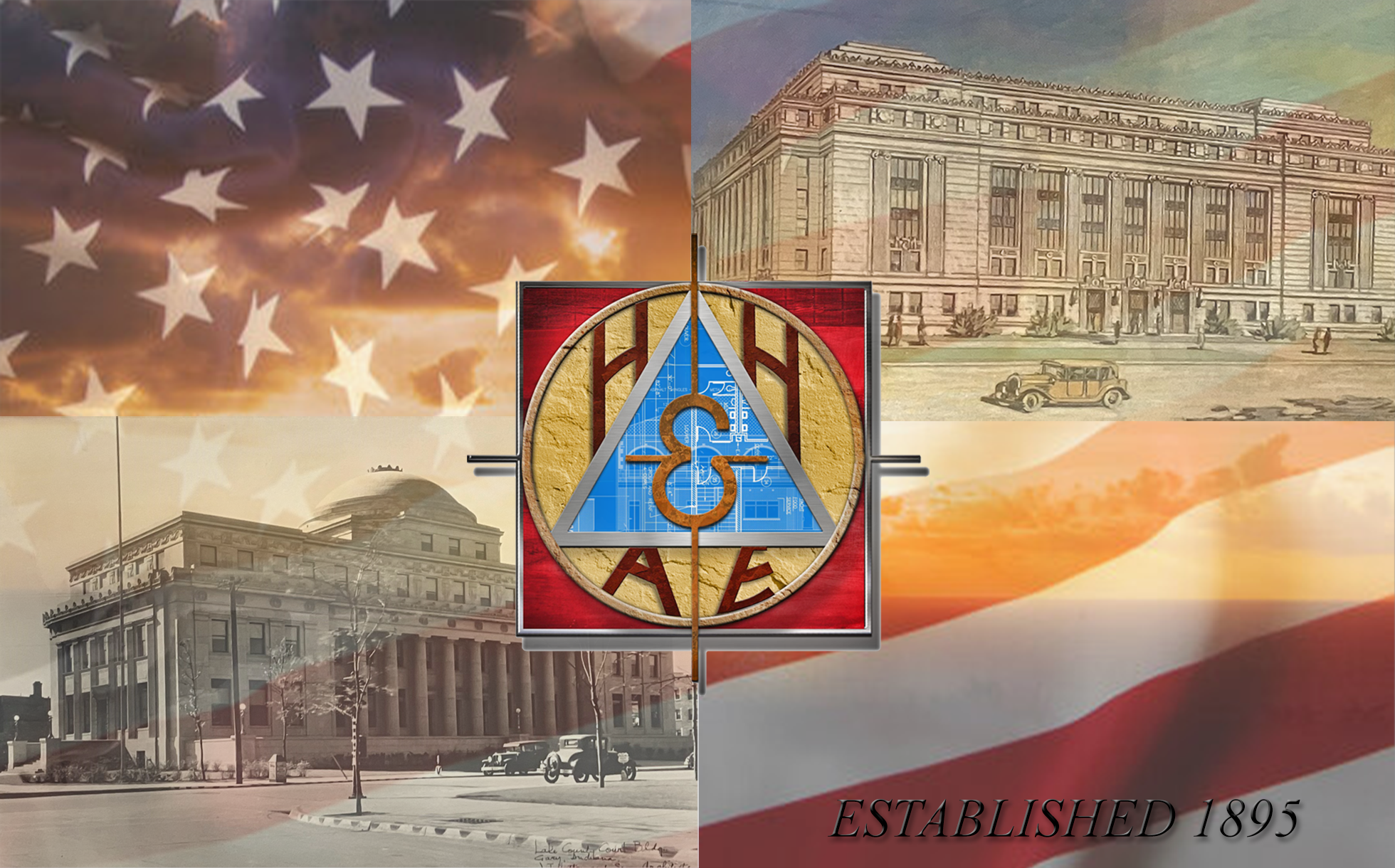Independence Day has been a federal holiday in the US since 1870, and long celebrated prior to that. The most suitable embodiment of human valor, courage, and ode to everyone who sacrificed their lives for independence was architecturally expressed using various forms of neoclassical buildings for many years. Some historic buildings that were constructed true to the style were the Capitol Building and the White House in Washington DC, began in the late 1700’s. This neoclassical architecture not only has the capacity to provide a feeling of shelter, security, and protection but also provides an experience that emboldens the emotions and the feelings with which this nation was born and continues to strive for the betterment of humanity. Over the years, neoclassical was influenced by various art movements and revival of Greek-style that we see throughout the United States, for example, Art Institute of Chicago, in Illinois and Thomas Jefferson Building in DC.
The buildings that were influenced by various social movements are a testament to the endeavors and labor of all those who participated in bringing the structure to life, from architects, engineers, and all tradesmen. During this time of mid / late 1800’s, the construction of any municipal building could take years / decade(s) of pre-design sketches and hand-drawn construction documentation, followed by the construction execution on site. Therefore, the time to bring a building to life required a lot of virtue, patience, perseverance, and dedication. For an architect, the higher calling has always been about serving the community and solidifying the trust of its people. Bringing timeless architecture to life is not only a career goal for an architect but also a humble enactment to represent the time and voices for community’s future generations to acknowledge and experience.
Before post-modernism architectural style took over during the 1970s, buildings such as courthouses, municipal buildings, and institutions were designed with an underlying notion of power, service, freedom, and justice. Architects and Engineers of the time used this freedom of expression and design to solemnize democratic values and provide an experience of vitality, equality, and trust in the government institutions for safeguarding human capital. This was achieved from the clean expression of the art, and scientific proportions of the body that were enabled by the neoclassical style that led to the enhanced monumentality of a structure with a raised plinth and towering columns that support the roof structure. The use of various stone, including marble, limestone, and/or other stone as exterior finish to keep the earthy tones as bold and simple and represent eternal faith and trust in architecture. While designing any municipal building, a Good Architect imbibes the design with the freedom of expression using artistic flair and proportions that produce a feeling of respect, trust, and ultimately awe for the occupants of the building at any point in time.
The modern interpretation has used simpler elements of design and finishes to still provide similar emotions, particularly the human scale element. Technology has given a good Architect not only the ability to design faster, but explore bigger ideas and problem solve more efficiently so the journey can be completed in a much shorter time period. Many times, elegant structural columns in exposed concrete or metal cladding are designed to not only structurally support the structure but also represent the vital function of the building for its community. A recent endeavor to design a building for veteran’s became a deep journey for the architect to understand the programmatic flexibilities for its future users. Moreover, the deeper conversations with the client were about the understanding of the spatial utilization from safety, security perspective of someone living there temporarily, and social engagement opportunities with their own families and the community itself. The design concept was directly derived from the group’s literal notion of a butterfly that are part of someone’s transformational journey to reintegrate into the community. Moreover, the ‘wings of the butterfly’ that converted into linear corridors for residents to stay in were spread such that they overlooked green space and provided easy access to the central core-engagement space for everyone. While the building’s vitality was preserved in brick and metal cladding. It was not designed to be monumental to avoid the feeling of intimidation and loss of scale for its occupants. However, the vision was achieved by designing a building true to its need and functionality and fulfil the purpose for future veteran’s.
As Frank Gehry said, “Architecture should speak of its time and place, but yearn for timelessness”. HHAE celebrates the life of such timeless buildings, having the honor of designing several over the years and wishes everyone a happy Fourth of July to commemorate this day.

